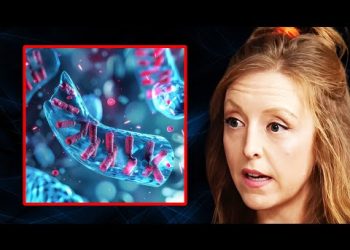Understanding Poor Blood Circulation
Your body’s circulatory system works round the clock to keep you functioning. Unfortunately, even minor problems in this system can lead to a reduced supply of blood, oxygen, and nutrients. Symptoms may not be as noticeable as cold hands and feet; instead, they might include fatigue, joint pain, or digestive issues. Today, we’ll explore the symptoms and causes of poor blood circulation.
Digestive Troubles
- Experiencing frequent digestive issues? Poor blood circulation might be the culprit.
- The digestive system, like other organs, requires a healthy blood supply to operate effectively.
- Impaired circulation can cause fatty deposits to build up in the blood vessels within your abdomen, leading to diarrhea, abdominal pain, constipation, and even bloody stools.
- These issues could also result in cramps due to reduced blood flow in the digestive tract.
Persistent Fatigue
- Feeling unusually tired can be linked to poor circulation impacting your energy levels.
- Your organs and tissues may not be receiving enough oxygen, causing your heart to work harder resulting in an overwhelming sense of tiredness.
Joint Pain and Muscle Cramps
- Poor blood circulation can cause painful joints and muscles, as they aren’t getting enough oxygen to function smoothly.
- Cold hands and feet might throb when moved, indicating warming up and returning blood flow. Calf muscles are especially susceptible when sitting or standing for long periods.
Cold Extremities
- Cold hands and feet are often definite signs of poor blood circulation.
- When blood flows too slowly, decreased skin temperature can cause your hands and feet to feel perpetually cold.
Numbness and Tingling
- Experiencing numbness, tingling, or a “pins and needles” sensation often suggests poor circulation.
- This sensation emerges from inadequate blood reaching these areas, resulting in numbness and tingling.
Skin Discoloration
- Changes in skin color without any apparent reason could point toward circulatory problems.
- Insufficient blood supply can cause your skin to turn blue or pale, while leaking capillaries might make it appear purple.
Swelling of Limbs
- Fluid accumulation in areas like legs, feet, and ankles may occur if circular flow in the body is disrupted.
- This swelling results from poor blood circulation but can also be attributed to other causes like heart issues.
Leg Ulcers
- Leg ulcers should never be overlooked as they often indicate problems with blood circulation.
- Poor circulation prevents proper healing, causing blood to pool in leg veins and forming ulcers.
Cognitive Issues
- Poor circulation can significantly affect brain function, leading to memory problems, difficulties focusing, and other cognitive issues.
- Adequate blood supply is crucial for the brain to operate effectively.
Common Causes of Poor Circulation
- Obesity: Excess weight increases the risk of circulatory problems, including varicose veins.
- Diabetes: Beyond affecting blood sugar, diabetes can impede blood flow, causing pain and cramps in various parts of the body.
- Narrowed Vessels: Diseases causing narrowing of blood vessels restrict blood flow, leading to circulation problems.
- Varicose Veins: Enlarged veins, especially in the legs, can significantly impair circulation.
- Blood Clots: Clots block the flow of blood; they can be dangerous if they reach critical areas like the brain or heart.
Recognizing the symptoms of poor blood circulation is vital for maintaining overall health, particularly the health of your brain and heart. Make sure to monitor any unusual symptoms and consult a health professional if needed.











